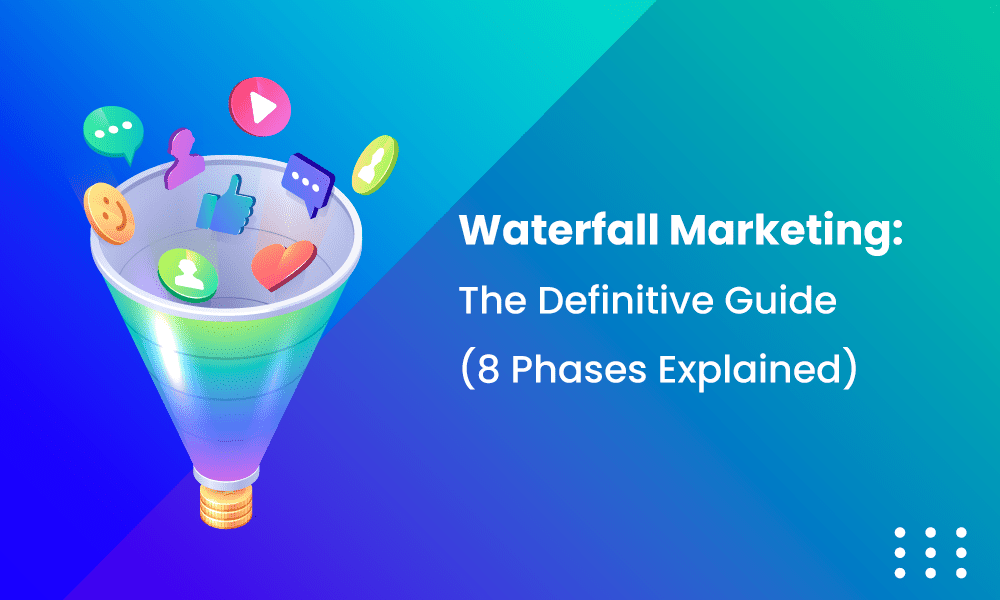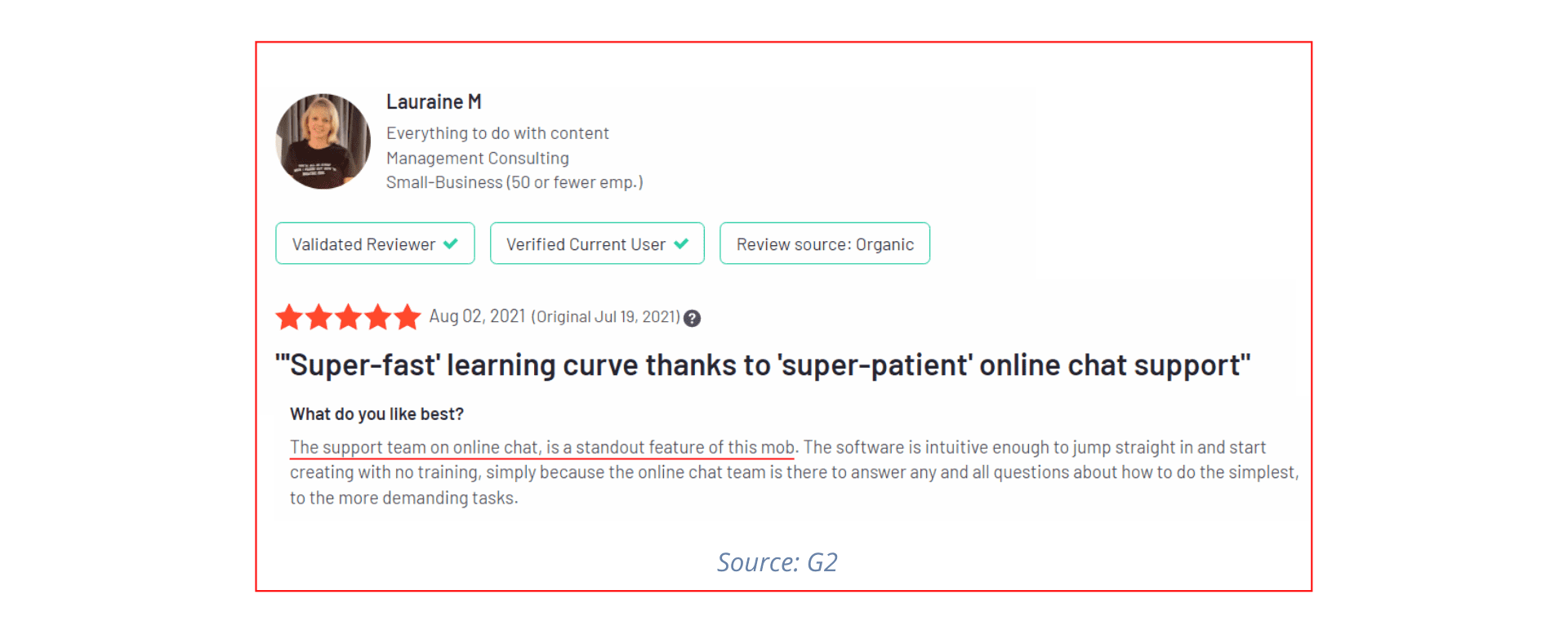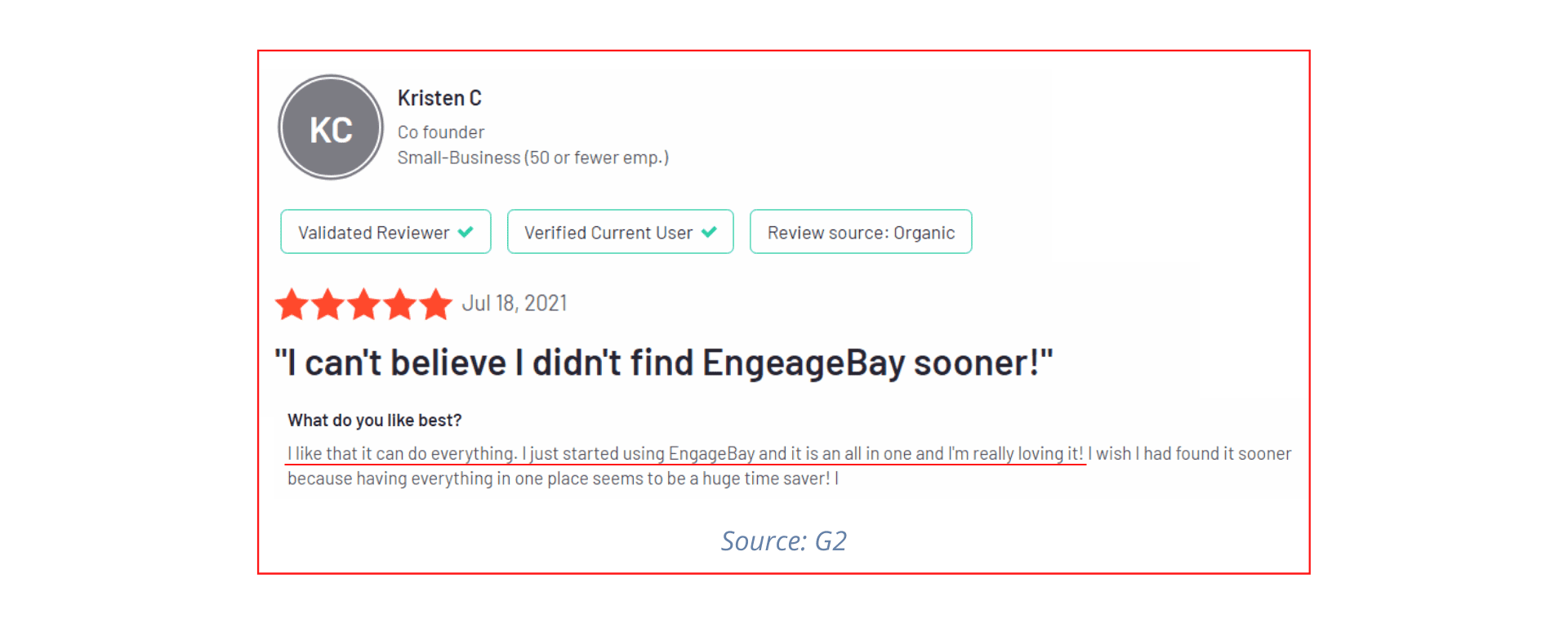Are you looking for a new marketing strategy?
In the world of digital marketing, there are two main types of strategies that businesses use to market their products and services.
The first is waterfall marketing. This process involves creating a plan and then executing it in stages over time until your product or service is ready to be released into the wild.
The second type of strategy is agile marketing, which focuses on quickly iterating through ideas and testing them out with real customers as soon as possible. This way, you can find out what works best before investing too much time into any one idea.
Which one suits your business best? Let’s take a look at each strategy in detail so you can decide for yourself!
Here’s what we are going to discuss in this blog post:
- The definition of waterfall marketing
- The eight phases of waterfall marketing
- The difference between waterfall and agile marketing
- The pros and cons of waterfall marketing
- How to design waterfall charts
and much more…
Let’s get started!
Table of Contents
What Is Waterfall Marketing?
Waterfall marketing is a strategy that focuses on inbound marketing and in-depth research in order to establish a step-by-step process for digital marketing.
It is the waterfall effect in action, where one thing leads to another, which leads to another, and so on. In the context of marketing, it means that you start with the first level of digital marketing, and as you gain more knowledge, you proceed to the next one.
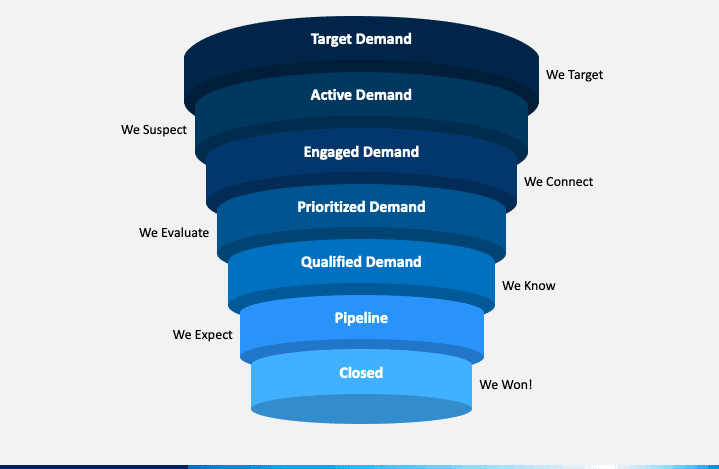
The logic flow starts at the top of the model and then ends at the bottom, reaching several key points along the way. The example we have to show you of the waterfall model even looks like a waterfall, what with the blue color-coding and the organization of items.
While this may not always be the case for your waterfall model, the illustration can help solidify the concept.
Related blog: What is Lifecycle Marketing and How Can it Change Your Business?
The 8 Phases of Waterfall Marketing
- Conception
- Information gathering and initiation
- Analysis
- Design
- Construction
- Testing
- Implementation
- Maintenance
There are generally eight common phases of waterfall marketing, but some industries may omit certain phases or even condense them so there are fewer. In the image illustration from MarcTech, there are seven phases (did you notice?).
Let’s look at each phase of waterfall marketing in detail now.
Conception
The first phase is starting at the very top of the waterfall model with conception. The project or product is identified here, as is a plan to complete that project or achieve the goal.
Information gathering and initiation
Before further work is done, the company must dig around and get more information on what it will take to make the project a reality.
Nothing moves forward just yet, but at this point, the company is more well-informed on the effort required. If this seems feasible enough, the company moves on to the third phase.
Analysis
The third phase of waterfall marketing is the analysis phase. This is yet another introspective time in which your company reviews the upcoming project from all angles.
Here, all aspects of a particular project are subject to various tactics and methods, but nothing is set in stone yet.

Design
The fourth phase — aptly named the Design phase — brings shape to ideas. Any useful suggestions brought forth during the analysis phase could now contribute to the design of this project or product.
That said, just because something is included in the design stage does not mean it will make it to the finished product, so to speak. We’re only halfway done through the eight phases by this point, so a lot could still change.
Construction
While not always referring to construction in the literal sense, this fifth phase is all about making things happen. You’ve analyzed your idea and designed it, so now you want to make it a reality.
Depending on the type of product or service, this phase can include physical construction or coding.
Testing
Before anything goes live, it requires testing, and this project of yours is no different.
Thorough testing must be performed to find any flaws within; when these are detected, they will need to be ameliorated quickly before being released to the public.
That’s why the ideas that were presented in the early stages can get phased out later, especially during this critical testing stage.

Enhance Your Email Marketing
Want to make your emails more impactful? Check out our beautiful, easy-to-customize marketing email templates. Designed to boost engagement, these templates from EngageBay will help your emails stand out. Just customize the images, headings, and CTAs for your brand, and hit send in a few minutes!
Implementation
If all is well to this point, then it’s time to implement the project or product and officially put it out into the world as something people can buy and use.
This should only be done after repeated testing reveals there’s nothing wrong with the product.
Maintenance
Finally, your company would enter the eighth and final stage, maintenance. This is where you address complaints that may come from customers and see if something can be done to make the product even better.
You can use the waterfall methodology for all sorts of things, such as developing a stronger sales pipeline, moving your company’s marketing to automation, or any other tasks that arise as part of a marketing agency’s daily duties.
Also read: The 5 Best Lifecycle Marketing Software (Pricing, Features)
What Is the Waterfall Approach in Marketing? Agile vs Waterfall Marketing
We can’t discuss waterfall marketing without talking about agile marketing as well, as it’s a strategy that’s often lumped together with the waterfall method. Below are the differences between agile vs waterfall marketing.
First, let’s define agile marketing and then compare and contrast it with the waterfall approach.
What Is Agile Marketing?
Agile marketing refers to organizational strategies that implement cross-functional and self-organizing teams with frequent releases.
The point of agile marketing is to promote a marketing department’s efficiency, flexibility, quality, and speed. To do their jobs most effectively, an agile marketing team should look at a list of incoming projects and select the ones that seem to be the most valuable to them.
Then, they’d review analytics and related data on the project, which updates over time, to get the project off the ground and even into the hands of customers as a completed product.
There are three frameworks of agile marketing: Scrumban, Scrum, and Kanban; here’s an explanation of all three.
- Scrum: The scrum method is intended for speed, with project duration as little as one week at the shortest and four weeks at the longest. Each of these weekly or multi-weekly periods represents a different marketing cycle.
- Kanban: As an alternative to the Scrum framework that’s more direct, Kanban centers around workflow visualization. Sticky notes or cards may be used so all team members understand what the workflow is supposed to look like, with transparency and communication the two key trademarks of the Kanban model.
- Scrumban: As the name suggests, Scrumban combines both Kanban and Scrum methodologies into one framework. This means high visualization while also maintaining flexibility and speed for great results.
The Similarities and Differences Between Waterfall and Agile Marketing
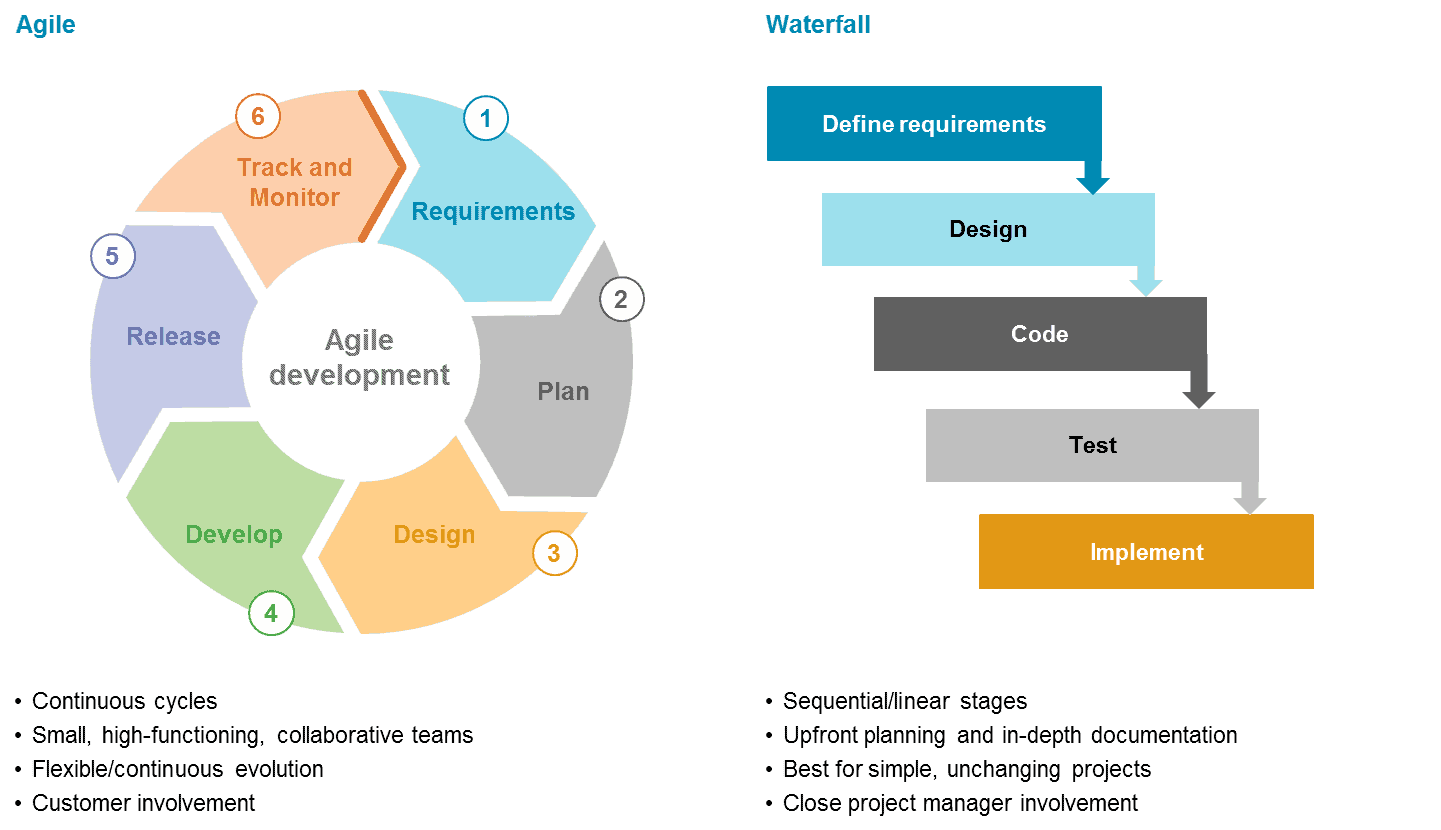
Waterfall and agile marketing share similar traits as both are marketing strategies that businesses and companies use every day. They also involve a well-defined structure, although that structure can change depending on which agile framework you decide to use.
Otherwise, the differences are far clearer, such as the very nature of both methodologies. Take, for instance, the waterfall process, which focuses more on the big ideas that come up around marketing.
Every last facet of your project needs to be planned, discussed, analyzed, and tested from beginning to end. For that reason, the duration of a project created from beginning to end can take months.
If you recall, agile marketing strives to close that distance, putting out products or projects within weeks, sometimes as few as seven days. In doing so, it’s not necessarily about cutting corners or looking at things with a less analytical eye just to get something done. Instead, teams are mobilized to bring out the best in everyone.
Also, since agile marketing doesn’t have as many phases as those associated with waterfall marketing, there’s more room for improvisation and creativity.
Testing can occur early on in the agile marketing process or later, depending on when it’s needed.
Read also: The Tricks of Trade Marketing: 7 Strategies That Work
The Waterfall Model: Advantages and Disadvantages
That’s not to say the waterfall methodology isn’t valuable for some marketing companies, as it absolutely can be.
While we do suggest weighing the differences between agile and waterfall marketing carefully, you should also read this section, as we’ll now discuss the pros and cons of the waterfall model.
The Pros of Waterfall Marketing
The biggest advantage of the waterfall methodology by far is the attention paid to details. The eight waterfall steps needed to plan the conception of a project from beginning to end leave nothing to chance.
A plan is created, it’s spoken about, it’s set into motion, then it’s tested before anyone outside of the company ever gets to use it. Even when the item or product goes live, the last stage of the waterfall marketing campaign calls for monitoring and maintenance.
Few things are worse than a marketing company making an embarrassing yet preventable gaffe. If your company could have avoided such a mishap through a little more research and planning, then the waterfall model is a must.
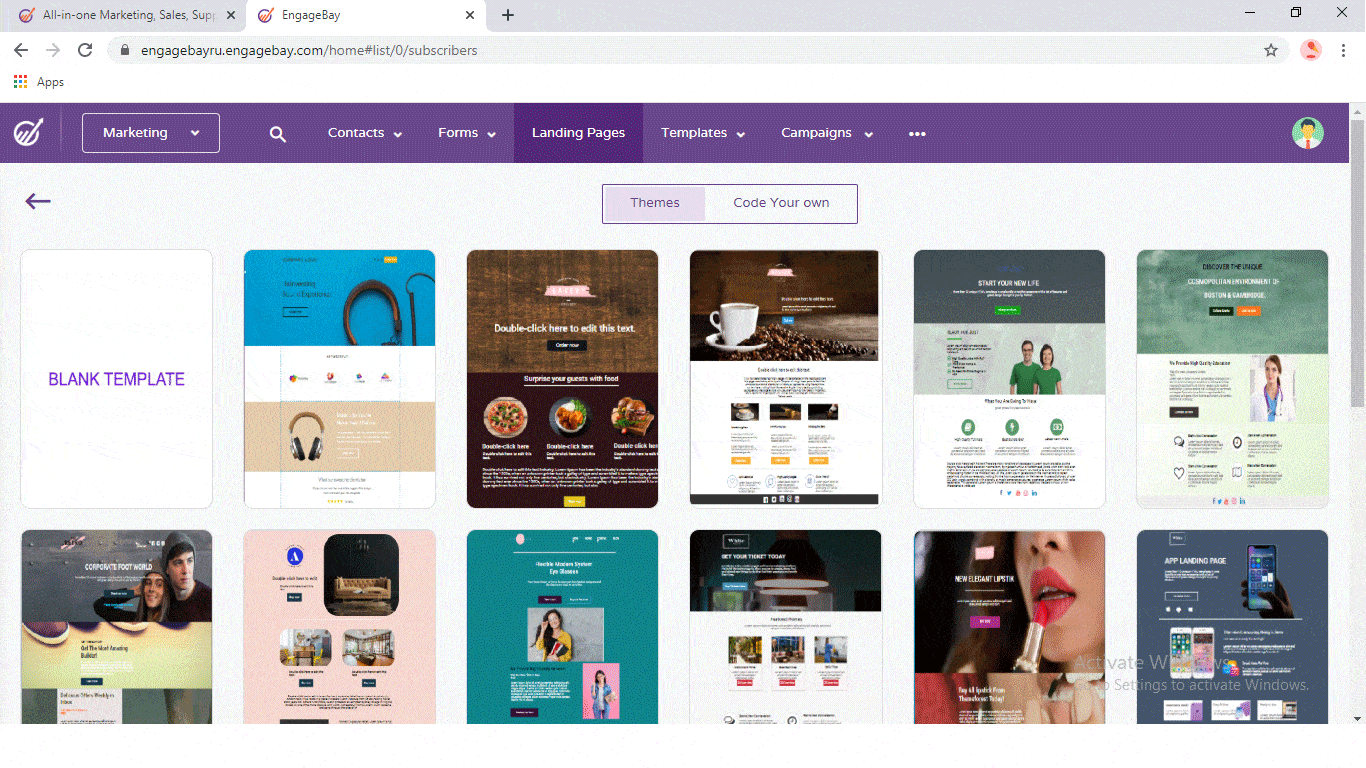
This marketing strategy will ensure nothing slips through the cracks. Your company’s reputation can remain sterling, ensuring you drive more business in the future.
Besides the time and effort that go into the making of a waterfall marketing strategy, another benefit would be the deadlines. Sometimes, projects can drag on unnecessarily, but that won’t be a problem with the waterfall process. From one phase to another and then to the eighth and last phase, deadlines are set that have little flexibility.
This keeps everyone accountable and on-task from the beginning of the project to the end.
👉Unleash the power of top marketing strategies to skyrocket your business growth – explore our comprehensive guide now! 🌟
The Cons of Waterfall Marketing
That said, as advantageous as waterfall marketing can be, there are some downsides we must discuss next.
For one, the lack of flexibility is a problem, as the waterfall method is known for its rigidity, especially when compared to agile marketing.
The time that goes into the eight phases of the waterfall methodology can also be a bit much for some. As we said, compared to agile marketing, in which project delivery can happen in days or weeks, waterfall marketing takes more time.
If time is money, then you don’t want to waste any unnecessary time, and the agile model has far more output for less time spent.
The late testing phase of waterfall marketing can also be an issue for some companies. Let’s say you had an idea for a project or product, but it wasn’t the best-conceived idea, even if no one picked up on that for a while.
This project passed through the first several phases of the waterfall method without any red flags, until it reached the testing phase.
It was only then that you realized there were several holes in your project that were pretty insurmountable. By this point, you’ve already invested so much time and likely money to create and test this product that abandoning it outright seems like a huge waste.
You’re left with two options then: to proceed anyway with something that might be a buggy mess or to start from scratch with a lot of time and money lost.
While yes, you could always go back later and fix this product so it performs better during the maintenance stage, by then, the damage could already be done.
Your customers may have bought or downloaded the product and found that it’s not to their expectations, which hurts their perception of your brand.
Also read: 9 Awesome, Proven CRM Techniques To Improve Your Marketing ROI
👉 Boost your marketing efforts with our beautiful email templates. Just customize and send!
Is Waterfall Marketing Right for Your Business?
By this point, we’ve compared and contrasted waterfall and agile marketing. We also covered the pros and cons of the waterfall methodology.
Now it’s time to make a decision, and it’s quite a big one: is waterfall marketing the best marketing strategy for your company?
To answer that, you have to look deeper into the type of business you run. As we mentioned in the last section, if your company is the type to have wild ideas that start as B but look more like N by the middle stages, then the waterfall method is not the right choice.
You’re likely to feel pigeonholed and even trapped with your project due to the tight processes and deadlines necessary with the waterfall marketing method.
Also, if you’re the type of company that shifts from one idea or project to another before necessarily completing the first one, you might want to refrain from the waterfall method as well.
It requires you to stay focused on Project A before attempting B.
The Best Time to Use Waterfall Marketing
What about when you should use waterfall marketing? There are plenty of instances of this, too, such as if you’re developing a product for the first time or improving upon a pre-existing product.
You can put as much time as you wish into research, testing, and feedback before the project goes live. This allows you to produce a high-quality product that’s in line with your company goals and values.
If you’re a B2B or even a B2C marketing firm that deals with lengthy sales cycles, the waterfall methodology is a natural fit for your company.
The way you must pass certain benchmarks or goals before moving on to the next is very reminiscent of the way your business already operates, making it easy to adjust to a new marketing strategy. Sizable projects that could put your company on the map deserve more time and planning — making the waterfall marketing method a clear winner here.
You’ll quite appreciate the conciseness of every step in formulating a fantastic new project for your company.
Also read: Get The Best Out of These Powerful Marketing Buzzwords
How to Create Waterfall Marketing Charts
To get started with that, it helps to have your waterfall marketing chart. What should one of these charts look like, and how would you even go about making it?
Waterfall marketing charts, sometimes just called waterfall charts, are a type of marketing graph that displays your final value. Your chart would begin with an initial value, such as a goal or project. Then, you’d cover all the intermediate values that could affect your project along the way, both bad and good.
For example, perhaps you go over budget or a key company member exits the company. Both would be detrimental to your final goal, so you’d have to accommodate for these.
If your company has a boom month and you get an influx of cash for your project, that could speed up completion time and thus must be considered.
You’re then left with the final value, which may look somewhat different from the initial value (although hopefully not too different).
You can make your own waterfall marketing charts to track blog traffic, traffic sources, leads, or any other important metric.
Image courtesy of HubSpot
The above is a visual example of a waterfall chart; yours may look similar — or different. Also, this chart goes into a lot of detail in terms of positive and negative intermediate values.
Instead of simply calling these good or bad, the chart reviews all positive gains, all negative gains, all positive losses, and all negative losses. These are then tallied up into gain or loss subtotals.
Create a Waterfall Marketing Chart in 4 Steps
Here are the steps to follow to make your waterfall marketing chart today, no matter how involved it gets.
- Step 1: Open Microsoft Excel and start a new blank table. In your table, you want to add the values you’ll use as the backbone of your waterfall chart, be that traffic, opt-ins, or the like. This will require you to add the data manually, so take your time. To keep track of whether your values are positive or negative, always add a minus sign or a negative sign in front of a negative number.
- Step 2: When you’re pleased with the progress of your Excel waterfall chart, select all the values in the chart so they’re highlighted. In the Excel menu, click Insert, then Chart, and finally, Waterfall Chart.
- Step 3: Clean up your waterfall chart if all the formatting isn’t perfect; you can do this in the Chart Editor, which you can see by selecting the three ellipses on your chart. In the Chart Editor, you have the freedom to toggle gridlines, a chart legend, or bar colors.
- Step 4: Save your chart, print it if you want, or send it to your marketing team members to discuss the results.
It’s also possible to make a waterfall chart in your favorite marketing software.
Given how easy it is to create waterfall marketing charts, you can quickly begin studying the analytics and metrics that matter most to your company in your waterfall campaign.
Also read: Master Omnichannel Marketing – A Definitive Guide
Conclusion
We’ve seen how waterfall marketing could be the strategy to boost your business.
Among software development methodologies, many marketers use the waterfall methodology all the time, especially when planning large projects that are more time-intensive. Though you can manually plan and execute waterfall marketing, there are software tools to help you do exactly that.
Once you’ve designed your strategy on paper, you can use a marketing software like EngageBay and use the tools to help you execute your waterfall strategy. Of course, EngageBay works perfectly well to implement agile marketing just as much.
With tools for project management, user data collection, workflow automation, 360-degree customer view, task delegation and management, advanced reporting, and so much more, EngageBay can eliminate the need for manual work.
The best part? It’s one of the most affordable marketing, sales, and customer service automation software in the market. You can do all these for just under $100 a month. If you’re just starting out, EngageBay even offers a forever-free plan.
How cool is that?
Here’s an amazing testimonial from Lauraine M, a small business owner:
Small business owners love EngageBay as it offers pro-level features and unlimited contacts at an affordable price. Here are a couple of reviews:
Sign up for the free version, or book a 30-minute demo with our experts.
